¥500 Banknote
Hello Silver & Gold stackers! Another week and I have another Japanese coin banknote for you! Sorry, it's not silver. But for the numismatists in the group, it might be of interest.
This one isn't that old, but it is out of print so has now become a part of history.
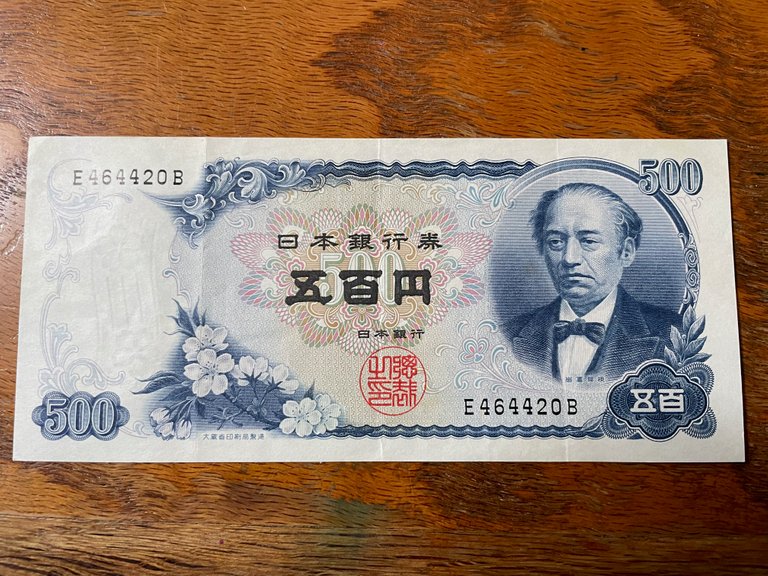
I'll give some basic stats, then we'll look at both sides, and then I'll give some more general info!
Sound fun? Let's go!
Stats
Some basic stats for you:
Well.. it measures 72 mm by 159 mm. If you remember our ¥100 banknote (which I covered here) then you'll see this is a little shorter than that and a little wider. I like how Japanese banknotes vary the size based on the denomination.
Let's look a little closer!
Front Side

It has a face value of ¥500. The top right and bottom left have the 500 in Arabic numbers, the bottom right has it in Japanese characters (五百) and the middle has it in Japanese characters adding the word yen (五百円).
Above the amount in the center is written 日本銀行券 (nippon ginkō ken), "Note of the Bank of Japan". And below the value is written 日本銀行 (nippon ginkō), "Bank of Japan".
This isn't as highly decorated as the ¥100 banknote, but it does have a few nice touches. You can see some cherry blossoms a bit left of bottom center and some nice background designs.
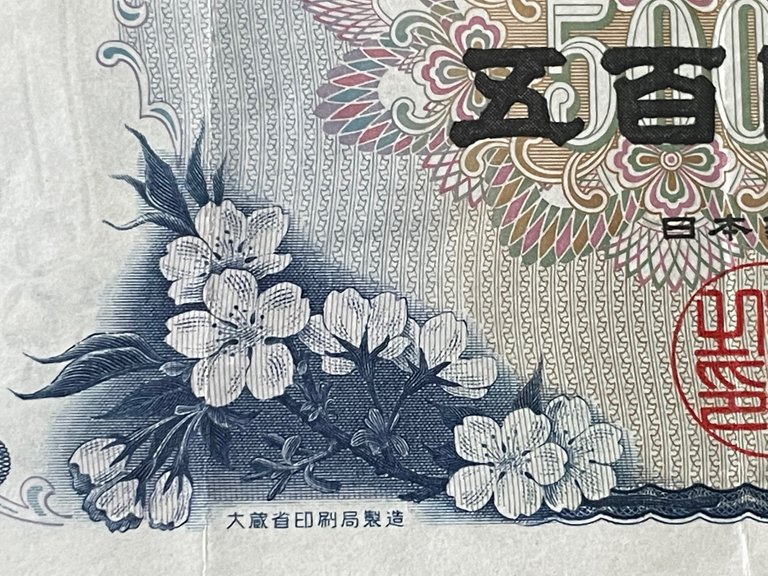
That text below the cherry blossoms is 大蔵省印刷局製造 (ōkurashō insatsukyoku seizō), "Produced by the Printing Bureau of the Ministry of Finance".
Then we have this guy:
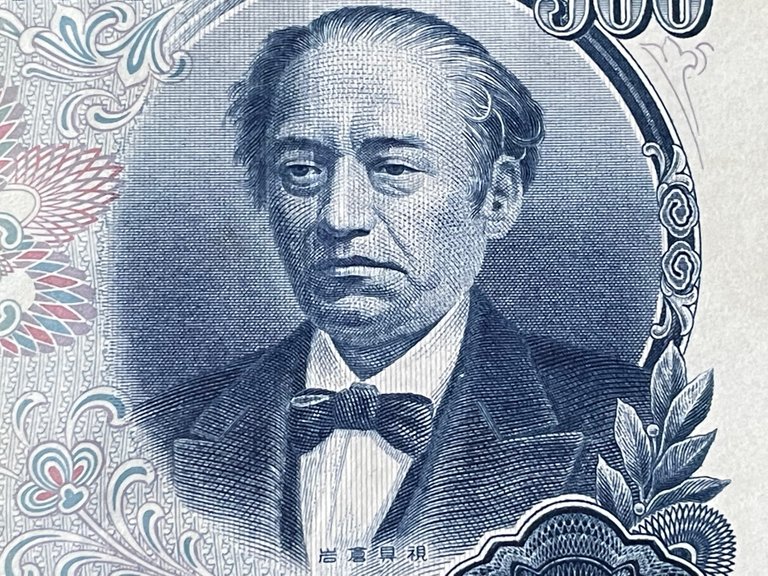
His name is Iwakura Tomomi (岩倉具視) and he was one of the leading figures in the Meiji Restoration, the period when Japan ditched her samurai government, gave power back to the emperor, and adopted all things Western. I'll say a few more words about him below.
Back Side
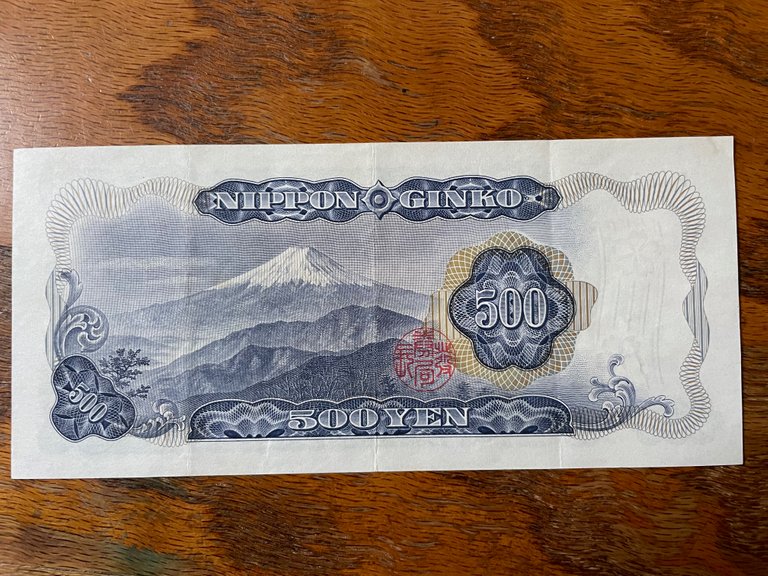
The back has this really nice picture of Mt Fuji. It also has what looks like a stretched out Slinky around most of the outer edge.

At the top written with Latin letters is nippon ginko, "Bank of Japan", then we have a few more 500s just in case you already forgot.
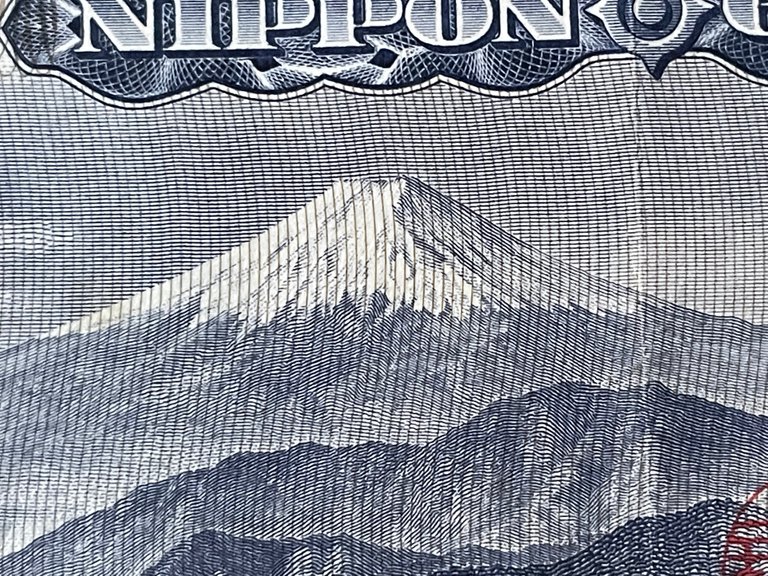
About
The 500 yen banknote lasted from 1951 to 1994. This is the second design used. A ¥500 coin was minted starting in 1982, but as I understand it this banknote was more popular until it was withdrawn from circulation in 1994 and people were forced to use the coin.
I don't keep many ¥500 coins. My kids usually swipe them as soon as I break a bill. But here's one of those.
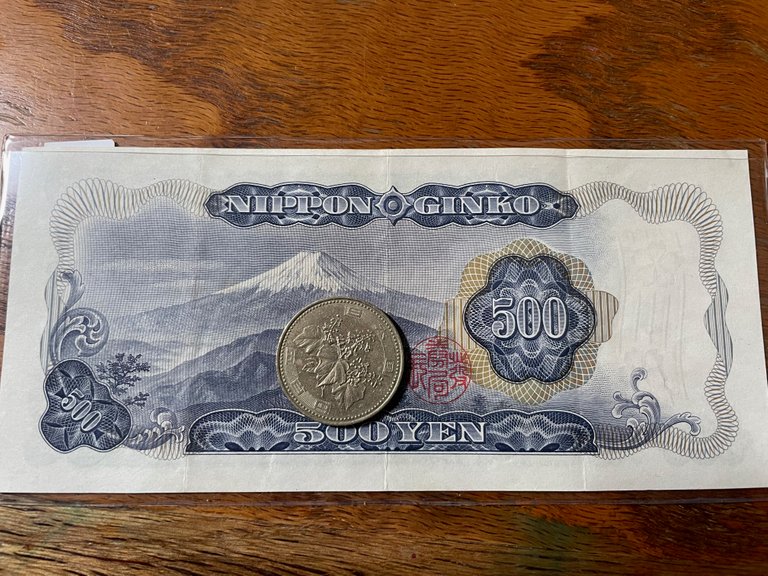
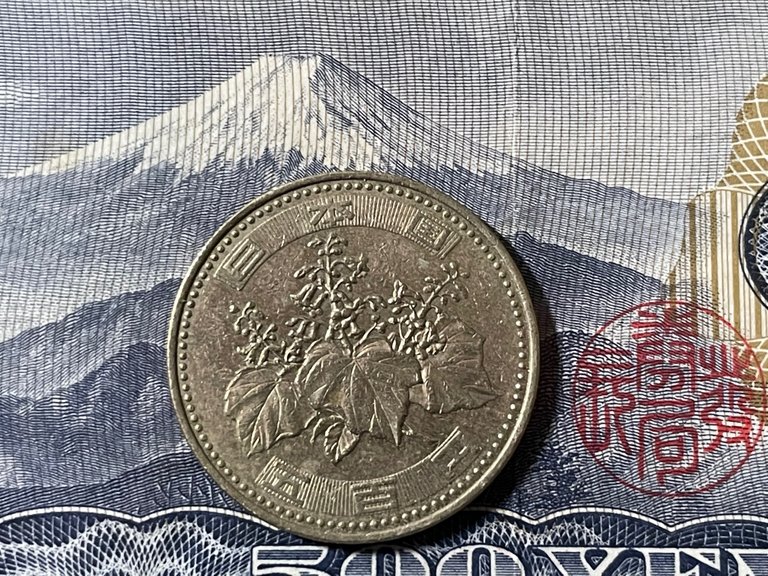
The guy on the note, Iwakura Tomomi, was an interesting guy. He was born into the upper class and was an advisor to Emperor Kōmei. Kōmei was the father of the future emperor Meiji, for whom the post-samurai era would be named after. Kōmei was the first emperor in a long time who stretched arms and tried to grab more power than the emperors had been allowed in centuries. He didn't have much success at that, making him a very angry man for most of his reign.
Anyway, Iwakura eventually became a liaison between the court and the growing anti-Tokugawa movement that started gaining strength after Perry's Black Ships forced Japan to open for trade with the US in 1853-54 (the Tokugawa being the family which controlled the Shogunate which ran the country). After the revolution, he took a central role in the new Meiji government. He was a moderate and he opposed Japanese aggression in Korea, a move that nearly got him assassinated. He is perhaps most famous for the Iwakura Mission, which was going to Europe and America for 18 months, studying Western ways which Japan then adopted in the efforts to modernize the country as quickly as possible to avoid being colonized by the West.
Here it is comparing the size to the ¥100 banknote.
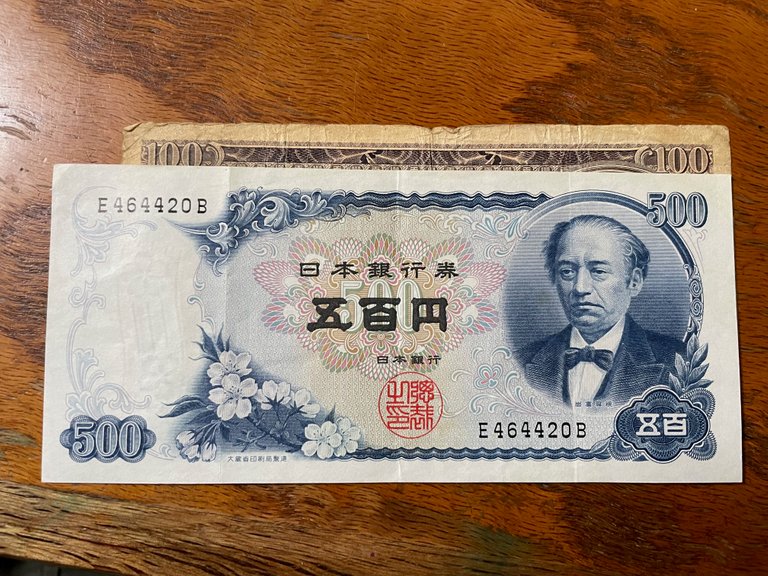
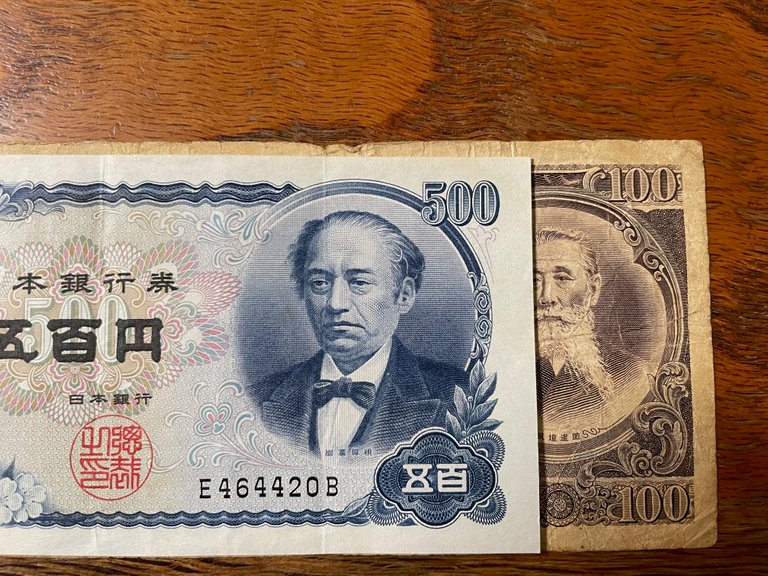
Overall
According to Wikipedia, this banknote is worth more than face value. I'm not sure where they get their info, because I've never seen it going for above face value in my time here. I paid exactly ¥500 for this one. Maybe for copies in perfect condition the value might go up.
I think they are still legal tender even though you never see people use them today, so I doubt you would find them for less than ¥500 or much more, but I suppose you never know.
A lot of my Japanese friends of a similar age to me find this banknote nostalgic because they grew up with it. One of my friends loved it so much he had me go buy one for him. I don't find it nearly as nice, but then again I don't have that nostalgic connection with it that some people do. I definitely prefer having ¥500 in coin form. It is an interesting bit of history though, so for that I'm glad to have it.

Let me know if you have any comments or questions!
❦
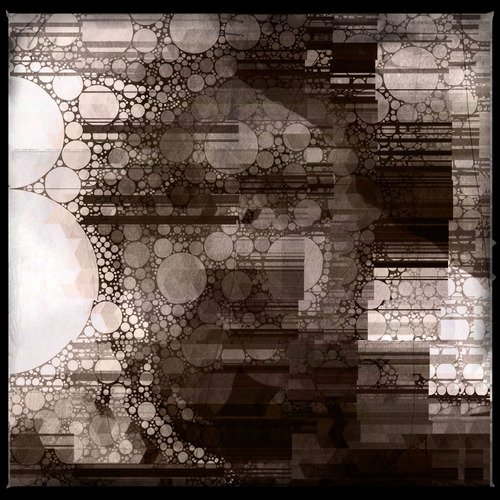 |
David LaSpina is an American photographer and translator lost in Japan, trying to capture the beauty of this country one photo at a time and searching for the perfect haiku. |
Why the got a white guy on the bill lol Sort of messing but something is fishy with the old minister 🤣
haha. Well, remove the color and put them in Western clothes and many Japanese look pretty similar to white folks. The forehead is usually a giveaway, but some people have a more defined forehead like Europeans, so it's not always as easy to tell as you might think.
Here are two photos of the guy. The one in Japanese clothes looks more...well, Japanese.
A crisp uncirculated old note usually attracts a better price than a slinkyized one any day of the year and like any other collectables, Condition is the first criteria, popularity and population are secondary. Graded and a fancy serial number are additional factors.
Do Japanese like hard currency?
Thanks for the history lesson @dbooster
That's a good point. I'm sure flawless copies of this banknote probably go for a lot.
Among the Hive crowd I'm not sure the yen would be considered hard currency, especially with the massive inflation of the past year, but as much as it is, yeah the Japanese prefer it. BTC was very popular until Mt Gox. After that it got a very negative reputation in the country. Some people are still into it, of course, and that number is growing, but it still has a bad image.
Cool bills! Condition is everything with these things, and they are graded very strictly by certain criteria. I'm not an expert by any means, you might check out bill grading sites.
I'm sure the creases in this one prevent it from having any value over face value, but worth a look I suppose. I know nothing about banknote grading.
I'm not that familiar with it either.
Notes are always interesting. In addition to its value, design are sometimes amazing. And the historic value could be also and add.
Korean notes also are different sizes according to its value.
Thank you for sharing.